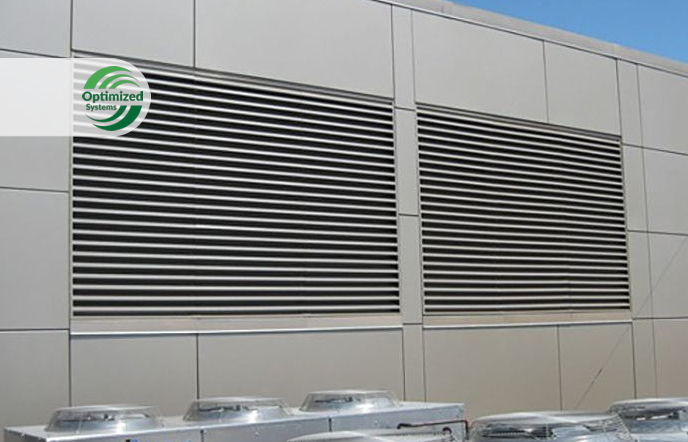“More fresh air!” is among the top battle cries in the assault against indoor airborne coronavirus. But is your building struggling from too much fresh air?
In the desperate rush to lower the risk of airborne transmission of the coronavirus in schools and the workplace, maximizing outside air is a great place to start. It is one of the CDC’s top recommendations and it is relatively easy and cheap to implement.
But too much un-managed outside air can cause other issues.
Consider the Consequences
Today’s buildings and their mechanical systems are more complex than ever. That is because they are designed and expected to provide safe and comfortable indoor environments efficiently and under all conditions. In a sense, HVAC systems are an orchestra of highly interdependent components that intelligently monitor, measure and respond to multiple indoor and outdoor conditions, and then orchestrate via sophisticated technology the operation of the HVAC equipment to achieve this delicate balance under the current conditions.
But what happens to the building when this delicate balance is upset by a sudden and overwhelming supply of outside air, especially during extreme heat and humidity? Consequences may include:
- Diminished occupant comfort and indoor air quality
- Increased occurrences of mold growth
- Condensation that may result in water damage
- Problematic building pressures
- Higher maintenance costs
The point is, there are almost always adverse consequences when material changes are made unilaterally to complex HVAC systems.
What’s the Right Amount?
So, what is the most outside air that can be brought in without compromising the operational integrity of the building? That depends on things like temperature, humidity, and dew point, as well as the capabilities of the system and the availability of system resources. Since many of these variables are constantly changing, the answer to the question is also constantly changing. With the right modifications to the building automation system (BAS), your building can be configured to bring in the optimum amount of fresh air to fight COVID-19 and adjust dynamically based on the conditions of the day. In addition, to elevate the fight against the coronavirus, your system can be programmed to periodically “purge” or “flush” the indoor air during unoccupied times. This process will save you energy costs and equipment wear and tear versus leaving your system running 24/7, another common mitigation measure.
What’s the Right Way?
How interior air is purged and how air changes are increased are key to maximizing the impact of these coronavirus mitigation techniques. For example, getting outside air into the HVAC system is one thing but placing that air into the spaces that need it, in the right amount, is much trickier. It takes an understanding of the size and configuration of your interior spaces, as well as your system’s capacities serving those spaces, right down to the terminal box and diffuser level. By doing the math, you can re-program your system to mitigate spaces effectively and efficiently with little or no human intervention. And if done right, you can simply “turn off” your programming modifications and resume normal operations whenever you are ready with the push of a button.
Interested in this approach to managing outside air? Reach out and let us explain the process: LetsTalk@Optimized-Systems.com
Optimized Systems is an Omaha-based specialty engineering and energy sustainability firm. Our primary mission is to help building owners and managers achieve and maintain the optimum balance of occupant safety and comfort, building performance, and energy efficiency. Our team includes experienced design engineers, building automation controls specialists and former facility managers with extensive experience in diverse healthcare, education, research, performing arts and commercial facilities.



Noo Data given on the “right” amount or what the righth “Balance” of mixed air HVAC!
Hi Dan. Thanks for your comment. No specific data was included in our blog posting because every building and associated conditions are unique, making it impossible to provide specific data. The idea is that, during occupied times, the more fresh air placed into occupied spaces the better, but without exceeding the system’s ability to properly condition the air. As indicated in the blog, this requires an understanding of the building and how it is used, the building system’s capabilities, and real-time data from sensors that monitor the system and environmental variables so that the system can be programmed to maintain the optimum balance of fresh, *conditioned* air. For off-hours, the idea is to program the system to flush the air once the building is unoccupied for the day to purge any airborne contaminants. The purge is programmed to achieve the desired number of air changes in the desired spaces as quickly as possible for the system. In some situations, another purge cycle is advisable just prior to the building re-opening, as an added precaution. The purge approach is much preferred to running the system in occupied mode 24/7 because it saves energy and wear and tear on the system.